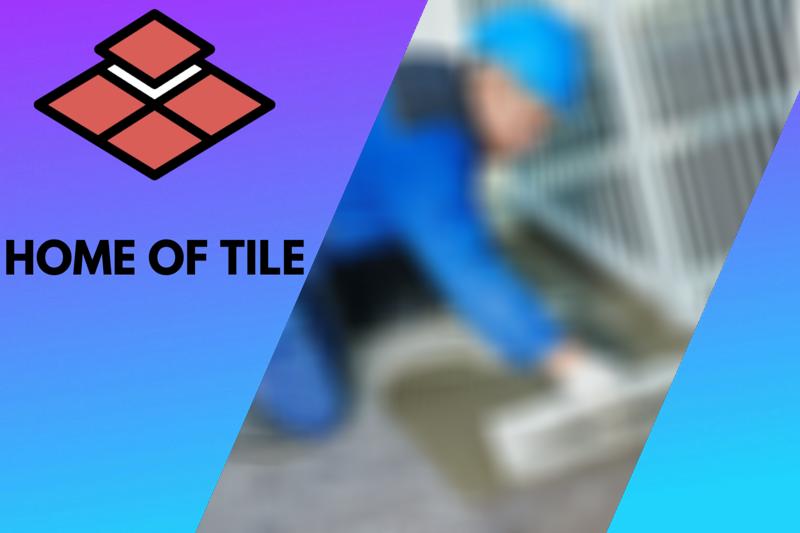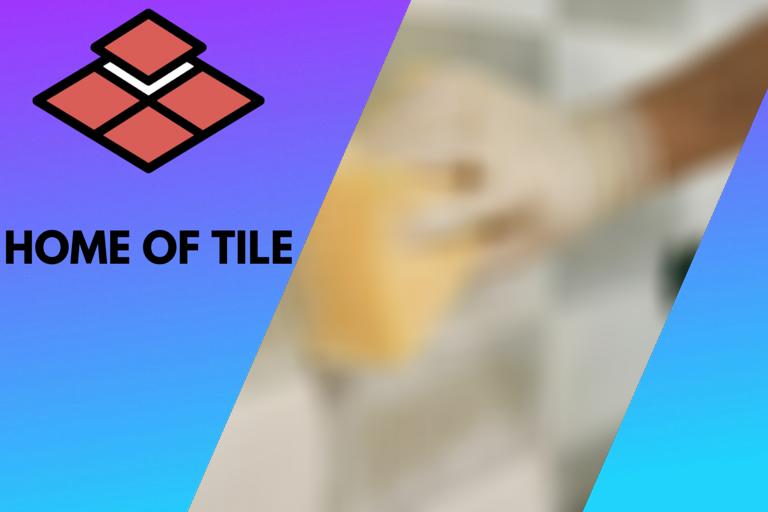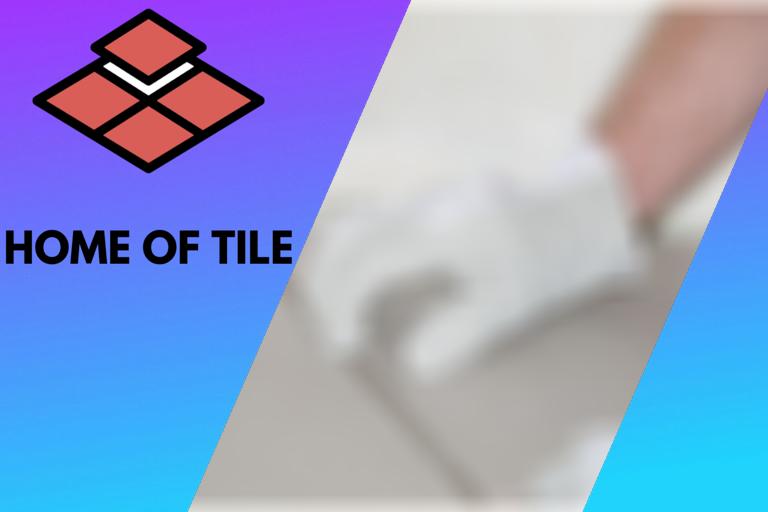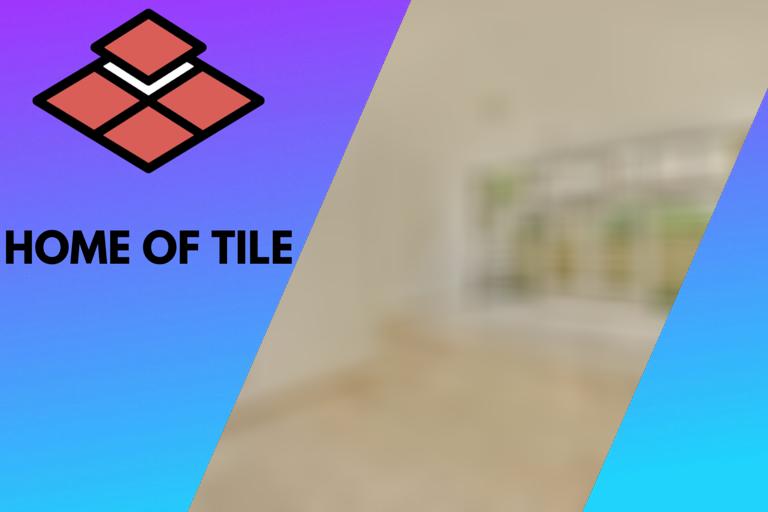Tiling around challenging objects: 7 things you should know
Proper tiling can play a critical role in achieving the dream interior design of your home. However, with laying tile, many obstacles can arise, including the challenges of tiling around many household objects. This article describes general information regarding the tiling process and those obstacles.

Contents
- 1 Tiling around sockets, some helpful tips:
- 2 Tiling around half an outlet, some helpful tips:
- 3 Tiling around pipes, some helpful tips:
- 4 Tiling around a drain, some helpful tips:
- 5 Tiling around radiator pipes, some helpful tips:
- 6 Tiling around an extractor hood, some helpful tips:
- 7 Tiling around an archway, some helpful tips:
Tiling around sockets, some helpful tips:
Turn off the power to the socket, and remove the faceplate from the socket. Do a dry run to establish the layout of tiles around the socket and make any necessary cuts. You can use a thick piece of paper to make a mold to help with this.
● Preparation and safety:
Before placing tiles, you need to take the necessary safety precautions to avoid any injury or damage. For the socket, it is essential to make sure that the main switch is turned off. I would recommend you turn off the power of the whole room from your main breaker and if you cannot find the breaker of that particular room, then switch off the main switch. Better to be safe than sorry.
After following the above precautions, it’s time to prepare the space around the socket for tiling. To do this, remove the faceplate of the socket by loosening the screws and then pull out the socket with the wires, keeping it far away from the wall. This will help in placing the tiles around the socket efficiently. When pulling the faceplate of the socket, make sure not to disconnect any wires.
● Pay attention to the layout:
Now, it’s time to establish the layout before setting any tiles with adhesive. Place the tiles on the wall’s surface and do a dry test to find the number of tiles you will need and if you need to cut the tiles or adjust them around the socket. When cutting the tiles around the socket, do not worry about cutting them straight or making the edges smooth. When you put the socket back after tiling, those edges will be hidden behind the faceplate.
You do not want to push any tiles behind the faceplate more than 2mm because then you risk the possibility of obstructing the screws when reattaching the faceplate. That is why I recommend you mark the points around the socket during the dry test by placing the tiles horizontally and vertically. Then cut the tiles according to those points, making a square around the socket.
If the part that needs to be removed is challenging, you can use a thick piece of paper to make a mold. This makes cutting the tiles easier, and you can check during this process if the tile is cut correctly.
In this process of tiling around the socket, the step of measurement is really important. Carefully measure and note the size before cutting and placing the tiles on the wall. Once a tile is attached using adhesive, it becomes quite difficult to remove and replace. Be sure to complete each step carefully to avoid wasting any time fixing and adjusting.
● Cutting the tiles:
If you are cutting the whole side of a tile to fit it around the socket, it should not be too difficult. But sometimes, you need to cut the edges of tiles to adjust it in the space, and this will require some practice. Expect that you need several tries if the cut is hard. When you order the tiles, ensure you have enough spare ones that can break during cutting.
If you plan to use an electrical cutter to cut the tiles, take great caution and be sure to read the manual as they can be extremely dangerous if misused. Use safety gloves when handling the freshly cut tiles as they can be sharp. Also, wear safety glasses during any tile cutting with the cutter so that small pieces of tiles cannot damage your eyes.
● Fixing the tiles
Finally, you will be ready to start fixing the tiles around the socket. To do this, mix the thin-set with water by following the instruction manual. Then spread the thin-set over the surface and fix the tiles. After placing the tiles, you can screw down the socket back to the wall, being careful not to screw it too tight and crack the plate. You may need longer screws to fix the faceplate because of the space covered by tiles between the socket and wall.
Tiling around half an outlet, some helpful tips:
Start with turning the power off. Remove the cover and detach the outlet from the wall. Measure and cut the tiles that are on one side of the outlet. You can use some thick paper to make a mold for this. Put spacers under the outlet and a gap extender ring on the ledge of the tile.
If you are tiling around the outlet and only need to tile around half of it, some problems can occur. This can be extremely tricky, and you may face some difficulties. If you only tile around half an outlet, it will leave a space between the drywall and the remaining half of an outlet. The first step is always to disable the power. Test with a tester to ensure that the power is really off.
When the power is off, you can remove the cover plate and detach the outlet from the wall. Be careful not to loosen the wires. Measure where the files will be added and cut the tiles accordingly. If you are unsure about where to cut, you can make a mold from some thick paper. During the cut, you can use that to check if the result is fine.
Put spacers under the outlet and a gap extender ring on the ledge of the tile. The reason for using this extender ring is to balance the depth of the tiles on the wall.
Similarly, if the tiles around the socket end up in a different spot rather than at the center, use the single-gang support ring underneath the tile in the gap to match it with the tile’s surface. These rings will mount your device, and you will need to use longer screws to tighten the outlet as well. Lastly, fit the foam gasket above the tile and seal the edges using the caulk.
Tiling around pipes, some helpful tips:
Place the tiles on the floor in a dry run. If possible, try to arrange them such that the pipe is between two tiles. Measure the pipe location carefully, or use thick paper to make a mold. If you need to drill a hole, make sure it is bigger than the pipe diameter so that the pipe can withstand the movement of the floor.
Before placing the tiles, establishing a layout in a dry run is always recommended because it helps you estimate the number of tiles needed before reaching the pipes. Adjusting the position of the tiles around pipes is always tricky because of the shape of the pipes. If possible, remove every fitting to make tiling easier. You can use some thick paper and make a mold. The mold makes it easy to check if all is ok, and can be used if you need to cut the tile or drill a hole.
Begin placing the tiles on the surface and move towards the pipe. After reaching the pipe, place the tile and mark points where you might need to make any cuts. Try to have the pipe in between two tiles. If this is not possible, you need to drill a hole right through the tile. Carefully drill the tile and keep the tile wet to prevent it from cracking. Make the hole bigger than the pipe to mitigate any movement of the floor and the pipe.
To mark points for a drill, lay the tile in line with the pipe and mark two points on each side of the pipe. Continue by drawing a straight line extending from the points so that they cross the entire tile. Similarly, place the tiles at the other side of the pipe and draw a straight line on the tile. Repeat the same process, and when these extended lines meet each other on the tile, they should form a square.
Visualize to confirm that the square fits the pipe perfectly. Now your tile is ready for tiling around the pipe, drill the hole through the tile and adjust it around the pipe using the mortar. If the tile hole is a bit larger in diameter than the pipe, try putting spacers in any gaps until the adhesive is dry. After 24 hours, the adhesive is dry, and it is safe to remove the spacers and clean the fronts of the tiles with a wet mop or sponge.
Tiling around a drain, some helpful tips:
Dry test the tiles on the floor first. If possible, try to arrange them such that the drain is between two tiles. Measure the drain location carefully, or use thick paper to make a mold. If you need to drill a hole, make sure it is bigger than the drain diameter so that the drain can withstand the movement of the floor.
Cut the tile using the tile cutter or angle grinder to the adjustments drawn. Hold the tiles tightly with your foot and cut them according to the marked shape. Then mix the thin-set and spread it over the floor using the trowel. With the flat edge of the trowel, make the surface even. Press the tiles in place with a notched trowel and put spacers between the tiles. Place the tiles on the floor adhesive moving towards the drain and then fit the tiles over that drain cover.
Wait for 24 hours, and during this time, ensure that no traffic occurs on the floor. After 24 hours, remove the spacers and grout the surface to fill the gaps between the tiles. After that, clean the tiles from excessive grout or adhesive and wait for another 24 hours, so the grout dries completely, and you give enough time for the tiles to settle.
Tiling around radiator pipes, some helpful tips:
Dry test the tiles on the floor first. If possible, try to arrange them such that the radiator pipes are between two tiles. Measure the radiator pipe’s location carefully, or use thick paper to make a mold. If you need to drill a hole, make sure it is bigger than the radiator pipe’s diameter so that the pipes can withstand the movement of the floor.
Tiling around radiator pipes disturbs the flow of the project and consumes a lot of time because fitting a tile around a pipe can be done using two tiles around the pipe or by drilling the hole into the tile. Fitting the tile around the pipe by drilling gives a more finished look to your tiling project.
For this purpose, place the tiles on the surface without any adhesive and do a dry run. This helps to see the position of tiles around the radiator pipe. If you have a challenging location, use some thick paper to make a mold. The mold will help to cut the tiles at the correct location. Place the tile against the pipe in line with other tile joints. Draw a straight line from the edge of the pipe onto the tile and repeat the same procedure from the other side of the pipe until you get a complete square shape on the tile.
Then, cut the tile using the tile cutter or an angle grinder according to the marked shape. During tile cutting, make sure to cut it a bit larger than the pipe size to give room for expansion or any movement in the floor. Otherwise, if the floor moves and the hole you have drilled is not big enough, it can cause the radiator pipe to burst.
Now, remove the tiles and then fix them on the surface again using the mortar. After fitting the tile around the radiator pipe, put the spacers in the gaps for the tiles to dry. After 24 hours, you can remove the spacers and then apply grout between the tile joints.
Tiling around an extractor hood, some helpful tips:
In general, try to remove the hood and then tile around it. Measure the location carefully, or use some thick paper to make a mold. If you want to tile around the hood without removing it, place the tiles around the extractor and keep marking the tiles to cut them according to the shape and space.
It is essential to put spacers between the tiles because it helps them settle properly on the surface and last for a long time. Remove the spacers after 24 hours and then mix the grout if it is not pre-mixed. Apply grout in the gaps between the tiles and let it dry. Wipe the front of tiles with a wet sponge to eliminate any excess adhesive and finish the application.
Tiling around an archway, some helpful tips:
The easiest way to tile around an archway is to make some simple molds from thick paper. Use the mold to cut the various tiles. This makes it far easier to have a good and even fit between the tiles and the archway.
Before installing tiles, prepare the surface by filling any holes and cracks with filler and remove any loose paint or wallpaper. Smooth the surface using sandpaper and wipe it to remove any dust and debris with a wet sponge. Wait until the surface is dry and apply painter’s tape at the edges of the archway. This is done to prevent the mortar from affecting any neighboring surfaces. Begin tiling the surface from the bottom to the top and complete each row one by one. Cut the tiles where necessary and fit them around the archway. To make cutting easier, and have a good and even fit, use some thick paper to make some molds. You can check that the mold fits well and then use it to cut the tile correctly.








